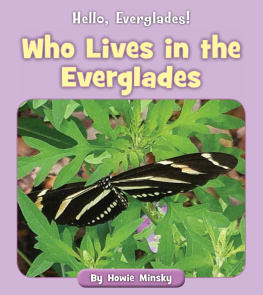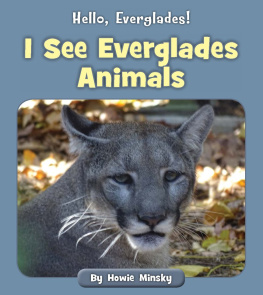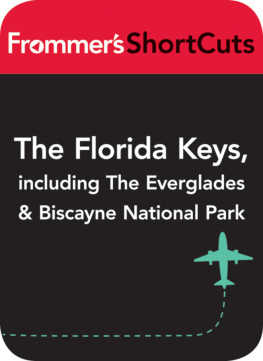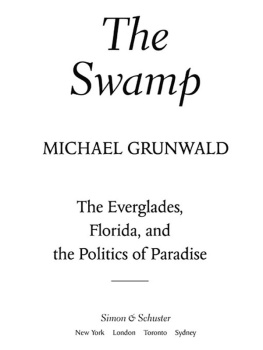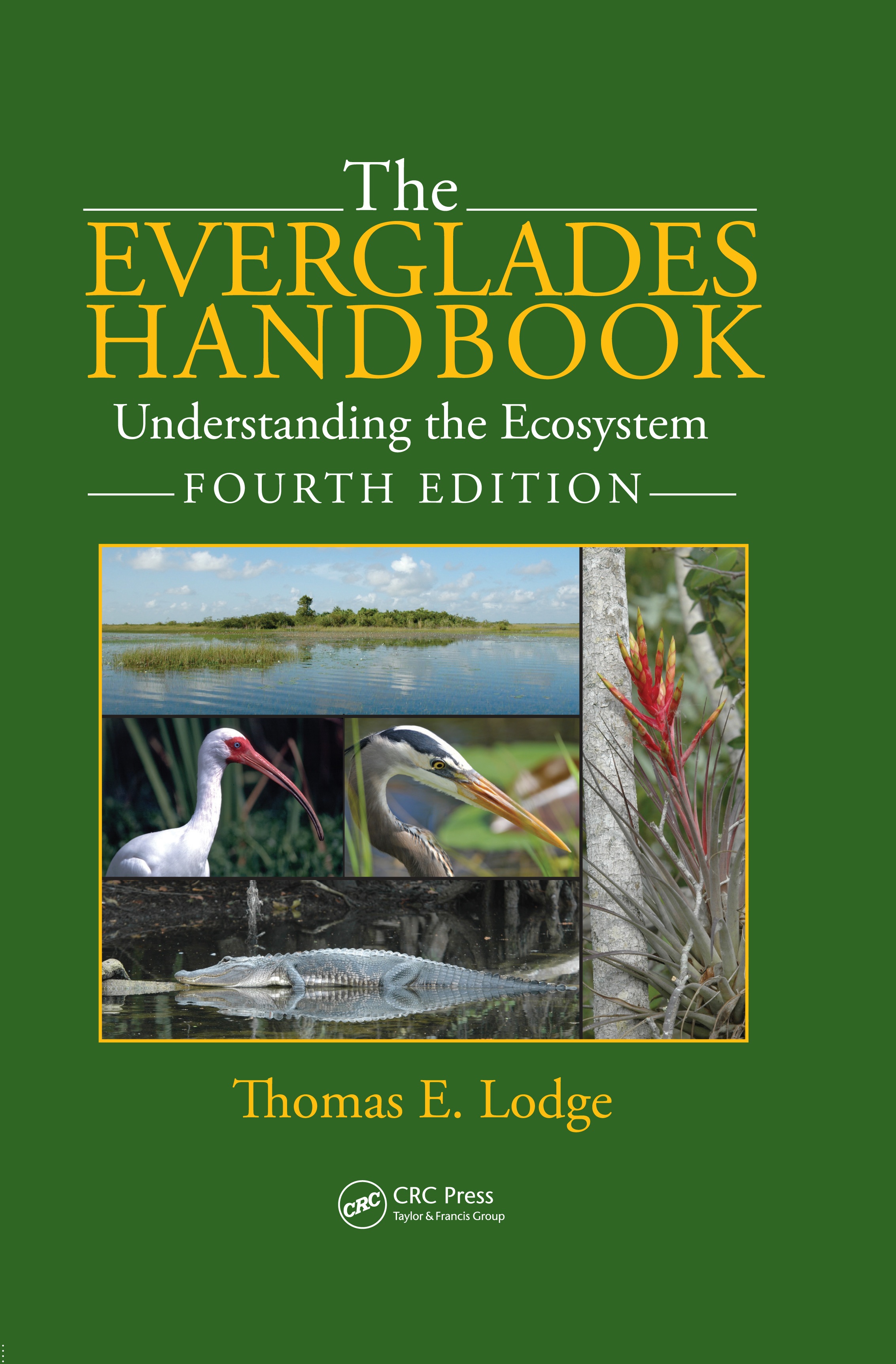Thomas E. Lodge - The Everglades Handbook: Understanding the Ecosystem, Fourth Edition
Here you can read online Thomas E. Lodge - The Everglades Handbook: Understanding the Ecosystem, Fourth Edition full text of the book (entire story) in english for free. Download pdf and epub, get meaning, cover and reviews about this ebook. City: Everglades (Fla.), Florida--Everglades, year: 2017, publisher: CRC Press, genre: Romance novel. Description of the work, (preface) as well as reviews are available. Best literature library LitArk.com created for fans of good reading and offers a wide selection of genres:
Romance novel
Science fiction
Adventure
Detective
Science
History
Home and family
Prose
Art
Politics
Computer
Non-fiction
Religion
Business
Children
Humor
Choose a favorite category and find really read worthwhile books. Enjoy immersion in the world of imagination, feel the emotions of the characters or learn something new for yourself, make an fascinating discovery.

- Book:The Everglades Handbook: Understanding the Ecosystem, Fourth Edition
- Author:
- Publisher:CRC Press
- Genre:
- Year:2017
- City:Everglades (Fla.), Florida--Everglades
- Rating:3 / 5
- Favourites:Add to favourites
- Your mark:
The Everglades Handbook: Understanding the Ecosystem, Fourth Edition: summary, description and annotation
We offer to read an annotation, description, summary or preface (depends on what the author of the book "The Everglades Handbook: Understanding the Ecosystem, Fourth Edition" wrote himself). If you haven't found the necessary information about the book — write in the comments, we will try to find it.
This fourth edition covers the key subjects of previous editions with major updates of the new science and understanding. If there ever was a necessary book for Everglades advocates, students, authors, members of government and their agencies, The Everglades Handbook: Understanding the Ecosystem is an absolute must!
Nathaniel P. Reed, from the Foreword
This book is far and away the best guide now in print to Everglades issues -- authoritative, well-illustrated, well-indexed, and readable.
Martha Musgrove, retired Miami Herald journalist, founding President of the Decision Makers Forum, and Southeast Regional Director of the Florida Wildlife Federation
Given the astonishing breadth and depth of scientific activities in the Everglades, Tom Lodge once again illustrates his savvy as an articulate science writer in condensing the complex dynamics of this remarkable ecosystem. In summary, the Handbook reviews a vast literature into a compelling read about the natural treasures of the Everglades.
Evelyn E. Gaiser, Executive Director, School of Environment, Arts and Society, and Associate Dean, College of Arts & Sciences, Florida International University, modified from Wetlands (2011) 31
_____________________________________________________________________________________
The fourth edition presents expanded treatment of subjects where our knowledge of the Everglades and its restoration has greatly improved. This more detailed coverage includes:
- Computer modeling and its applications to the Everglades environment
- Quantified role of water flow in shaping the Everglades landscape
- The origin and evolution of fixed tree islands
- Sulfur and related mercury as wetland pollutants
- Up-to-date summary of the now quantified economic benefits of restoration, shown to be far in excess of the cost
The Everglades Handbook: Understanding the Ecosystem, Fourth Edition is a scholarly reference packed cover to cover with scientific information about the ecosystem of the Everglades - taking into account how drastically the Everglades has changed. Topically, the book covers disciplines ranging from ecology, geology, climatology, hydrology, anthropology to conservation biology. Written in Tom Lodges trademark accessible style, this extensively researched text is essential reading for anybody trying to understand the challenges we face in restoring this unique ecosystem.
Thomas E. Lodge: author's other books
Who wrote The Everglades Handbook: Understanding the Ecosystem, Fourth Edition? Find out the surname, the name of the author of the book and a list of all author's works by series.

